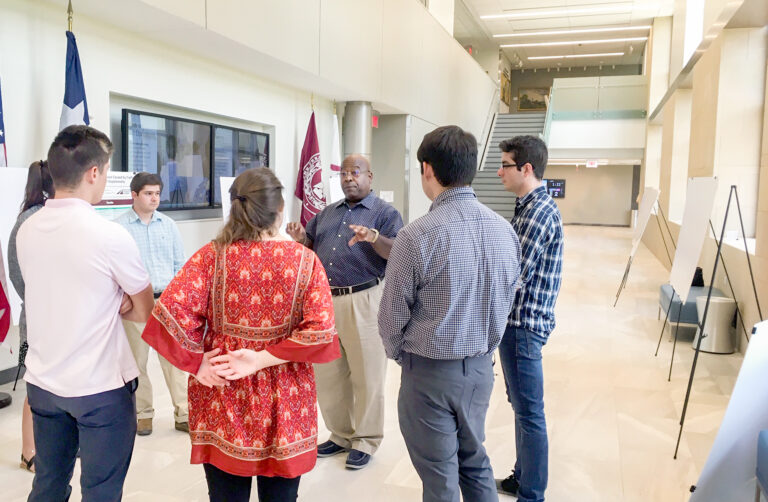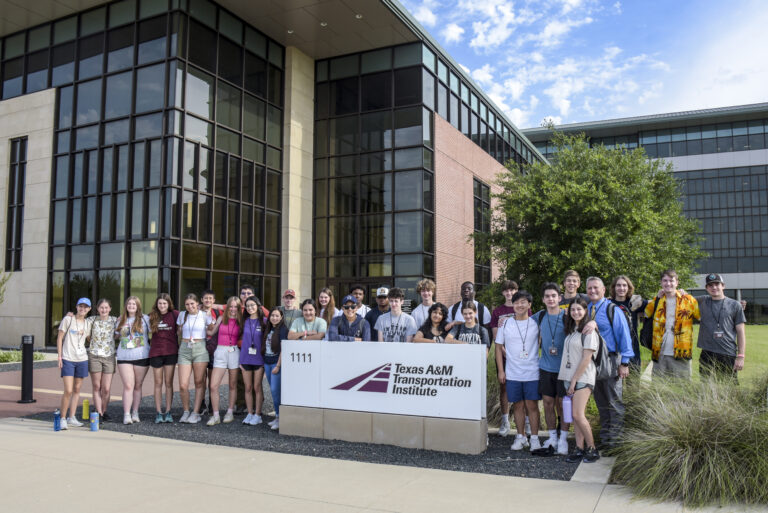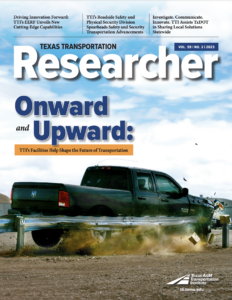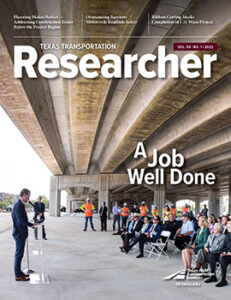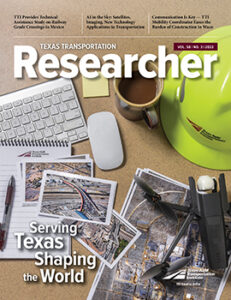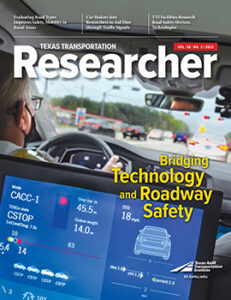The Last Stop with Greg Winfree: Workforce Building, Done Right, Is a Task That Never Ends
FROM VOLUME 60, NUMBER 1 (2025)

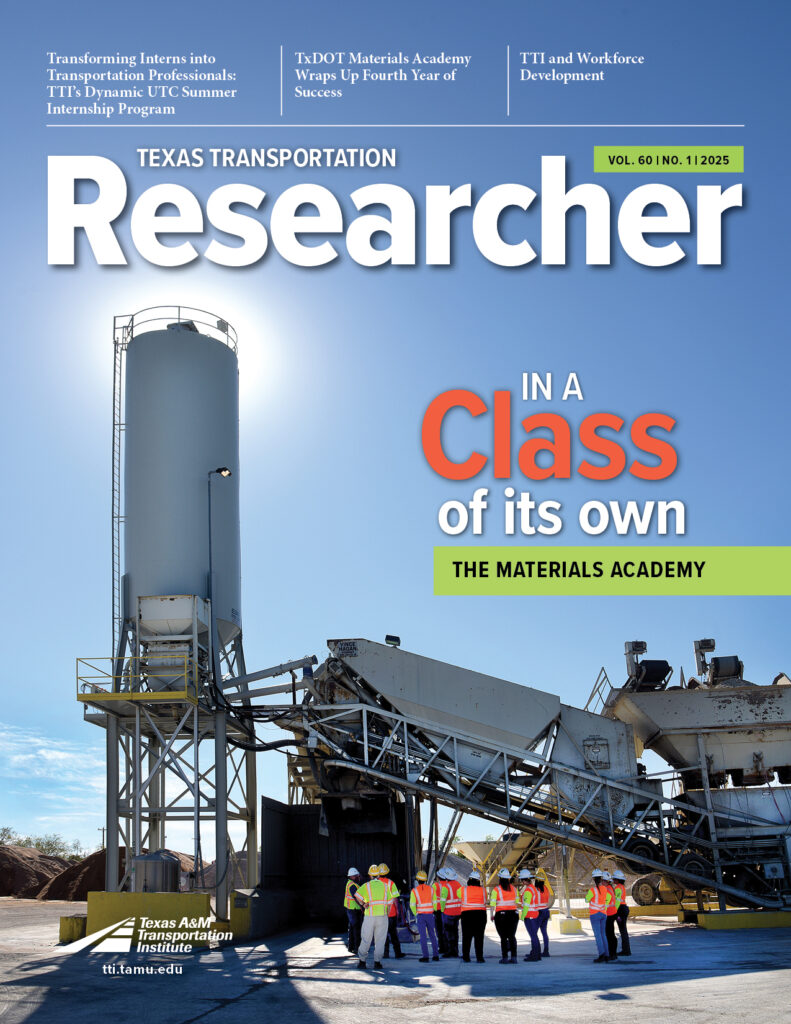
FROM VOLUME 60,
NUMBER 1 (2025)
Read next
In considering the concept of workforce development, I’m reminded of how often we hear the phrase “in the pipeline.” That metaphor helps to describe a series of progressive steps that culminate in achieving a particular goal, often many years in the making. If something is in the pipeline, we have confidence that new solutions or additional help will soon be available. In terms of the transportation industry, we can think of that aqueduct as the source of new talent — young professionals who will build on the systems we’ve created and ensure an age of mobility that’s better, safer and more reliable than the one we’ve come to know and rely upon.
That conduit carries something essential, giving life to a profession and an industry. In that regard, it’s not unlike the channels in our physical bodies, the blood vessels that sustain us, carrying what we need to give us life.
To fully appreciate the comparison, consider what can happen when there’s a pause in the flow of either system. If air escapes from a human lung and finds its way into a vein or artery, a bubble — in medical terms, an embolism — can form, creating unhealthy conditions like a stroke or heart attack. If a void forms in our metaphorical talent channel, then one or more branches of the transportation industry might face a sudden shortage of workers. That temporary dearth can hobble operations and advancements in any mobility sector, creating unhealthy conditions in our economy and disruption to our daily lives.
At the Texas A&M Transportation Institute (TTI), we’re committed to building a workforce that aligns precisely with system needs and priorities. And that’s one reason why I introduced a realignment of TTI’s leadership structure earlier this year. More than ever before, we embrace career advancement for our staff, not only for young talent but at all levels of seniority, to ensure seamless leadership and management succession. We recognize that truly effective workforce development requires continuity. It never stops.
Take electrification for example. It’s shaping up to be one of the most transformative mobility shifts in our planet’s history — clearly the biggest thing since the first internal combustion engines rolled off assembly lines more than a century ago. Consequently, this sea change in the movement of people and products calls for skill sets that are equally transformative. It demands fresh competencies in GPS and other communication technologies, the likes of which weren’t envisioned only a decade ago.
We can’t address unprecedented questions with legacy answers. We need fresh thinkers at every organizational level, and we need fresh thinking in the face of every institutional challenge. That’s true at TTI and in every other corner of the transportation ecosystem. We all share the obligation to keep that workforce development pipeline filled and flowing.
“More than ever before, we embrace career advancement for our staff, not only for young talent but at all levels of seniority, to ensure seamless leadership and management succession. We recognize that truly effective workforce development requires continuity. It never stops.”
Greg Winfree
TTI Agency Director
read next
FROM VOLUME 60, NUMBER 1 (2025)
Explore other issues


